Insect hotels are a great way to support biodiversity in your garden by providing shelter for beneficial insects. But which species actually take up residence in these wooden structures filled with hollow stems, wood shavings, and drilled holes? The answer depends on the design of the insect hotel and the local environment.
Here, we’ll explore the most common guests and their vital role in the ecosystem.
1. Solitary bees: the essential pollinators
One of the most frequent visitors to insect hotels is the solitary bee, a non-aggressive pollinator that plays a crucial role in maintaining plant diversity. Unlike honeybees, solitary bees do not live in colonies but instead find individual nesting spots in small cavities.
Common solitary bees in an insect hotel:
- Red mason bee (Osmia bicornis) – Prefers hollow plant stems or drilled holes in wood.
- Leafcutter bee (Megachile species) – Uses pieces of leaves to build its nest.
- Blue mason bee (Osmia caerulescens) – Similar to the red mason bee but with a distinctive bluish tint.
Solitary bees are incredibly efficient pollinators, making them valuable for gardens, orchards, and wild plants.
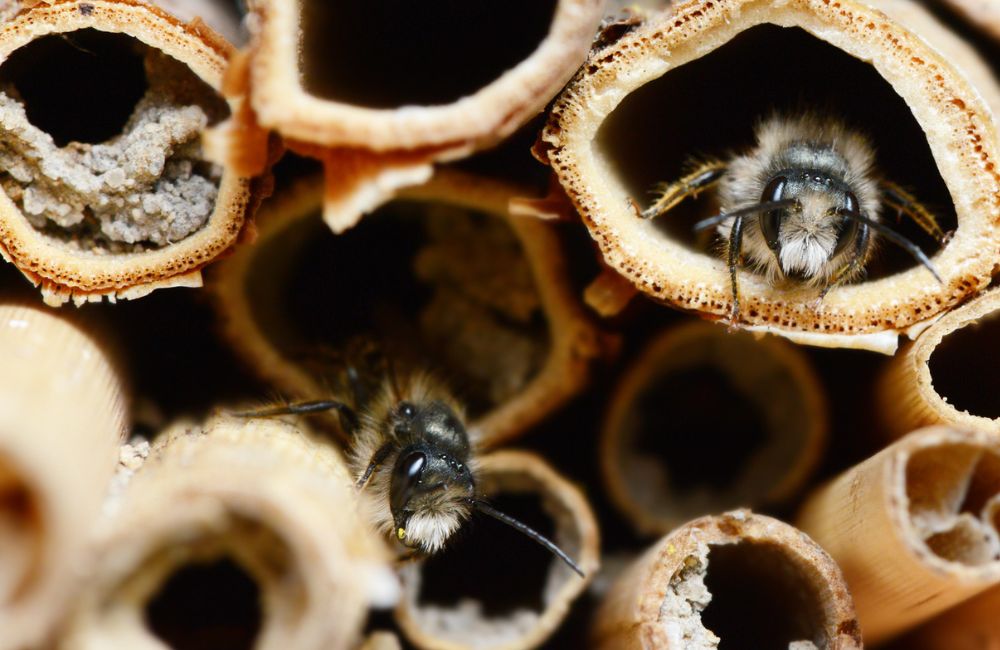

They seek out insect hotels with narrow tunnels (6-10 mm in diameter) where they lay their eggs and seal the entrance with mud or leaves.
2. Ladybugs: natural pest controllers
Ladybugs, also known as ladybirds, are another common resident in insect hotels, particularly in the winter months when they seek shelter from the cold. These brightly coloured beetles are a gardener’s best friend, as both adult ladybugs and their larvae consume large numbers of aphids, scale insects, and other garden pests.
They prefer the dry compartments of an insect hotel, often nesting in wooden crevices filled with straw, bark, or dried leaves. Providing these materials increases the likelihood of attracting them to your garden.
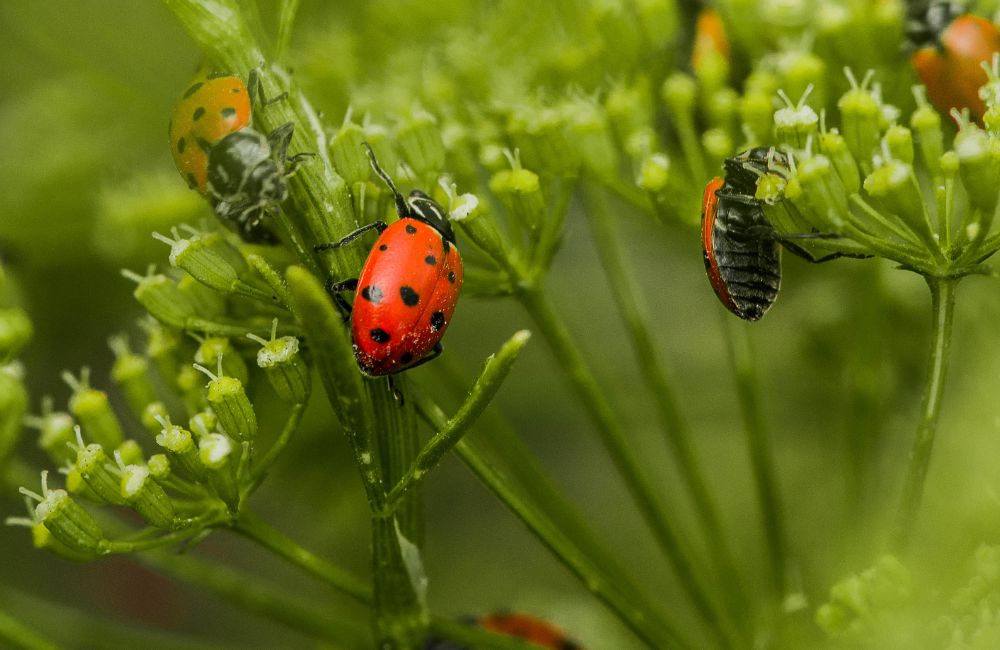

3. Lacewings: silent nocturnal hunters
Lacewings are delicate insects with transparent wings and a green or brown body. While the adults feed on nectar and pollen, their larvae are voracious predators, feeding on aphids, mites, and whiteflies.
Lacewing larvae can eat up to 200 aphids per week, making them an essential ally in natural pest control.
Lacewings are often drawn to insect hotels that contain wood wool, straw, or corrugated cardboard, where they can hide during the day and remain protected from predators. Some insect hotels even have red-painted sections, as lacewings are particularly attracted to this colour.
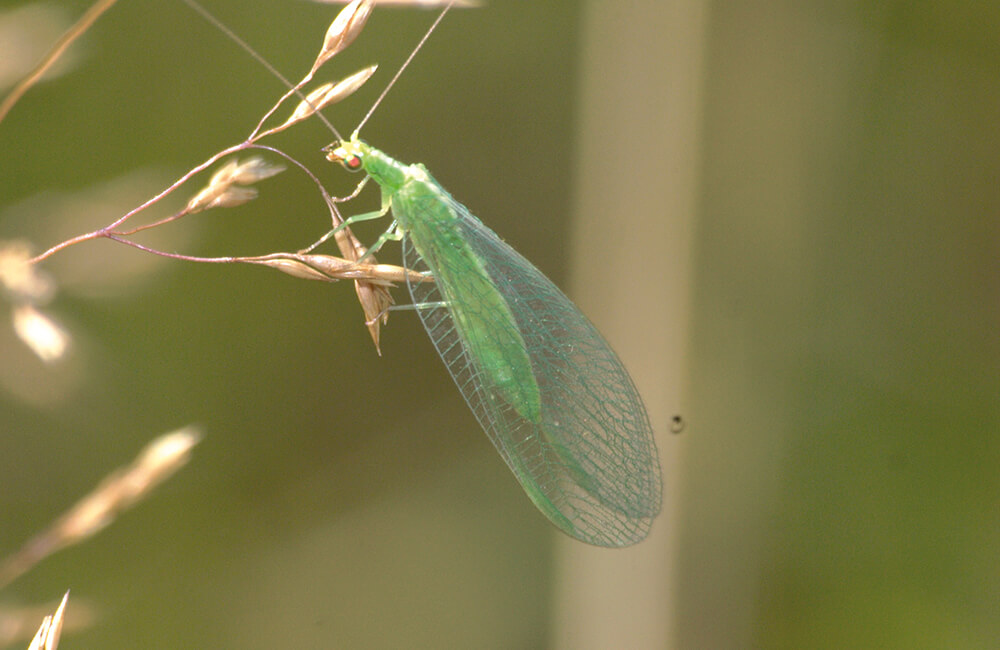

4. Woodlice: the composting specialists
Woodlice may not be the first insects you think of when considering beneficial species, but they play a crucial role in decomposing organic matter. These crustaceans help break down dead wood, leaves, and plant material, enriching the soil with nutrients.
Woodlice prefer dark, damp spaces, so they tend to settle in the lower parts of insect hotels, especially in sections filled with damp wood, bark, or moss. Their presence indicates a healthy, well-functioning garden ecosystem.
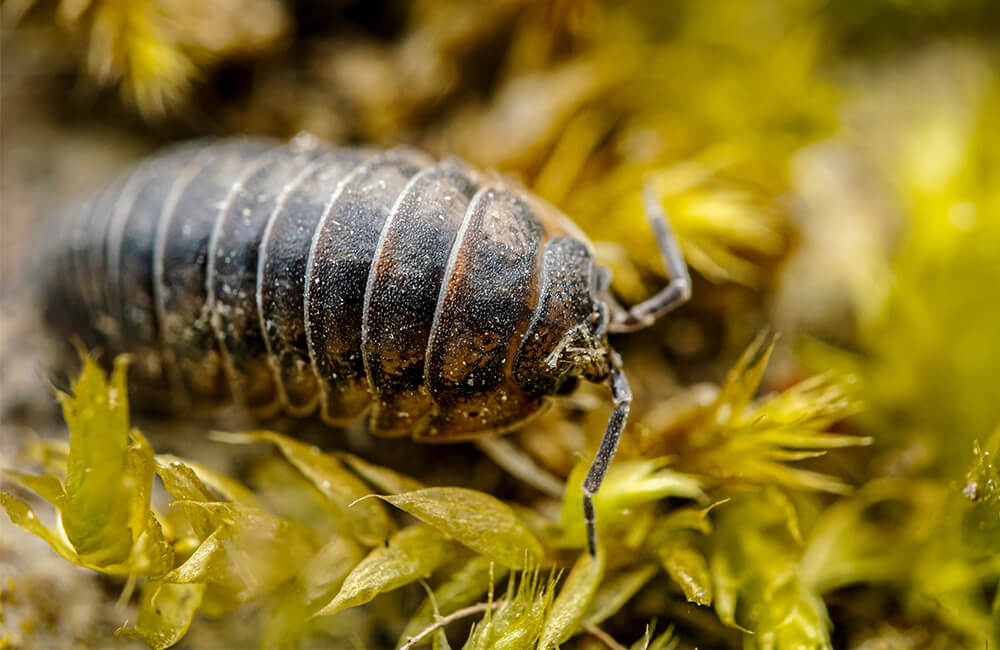

5. Earwigs: an underrated garden helper
Despite their somewhat intimidating appearance, earwigs (Forficula auricularia) are beneficial insects that help control aphids and other soft-bodied pests. They are particularly useful in fruit orchards, where they prevent pest outbreaks on trees and shrubs.
Earwigs prefer narrow, sheltered spaces and are often found in insect hotels that include bamboo tubes or stacked bark pieces. Some gardeners even create separate "earwig shelters" using a flowerpot filled with straw or wood shavings, placed upside down on a stick.
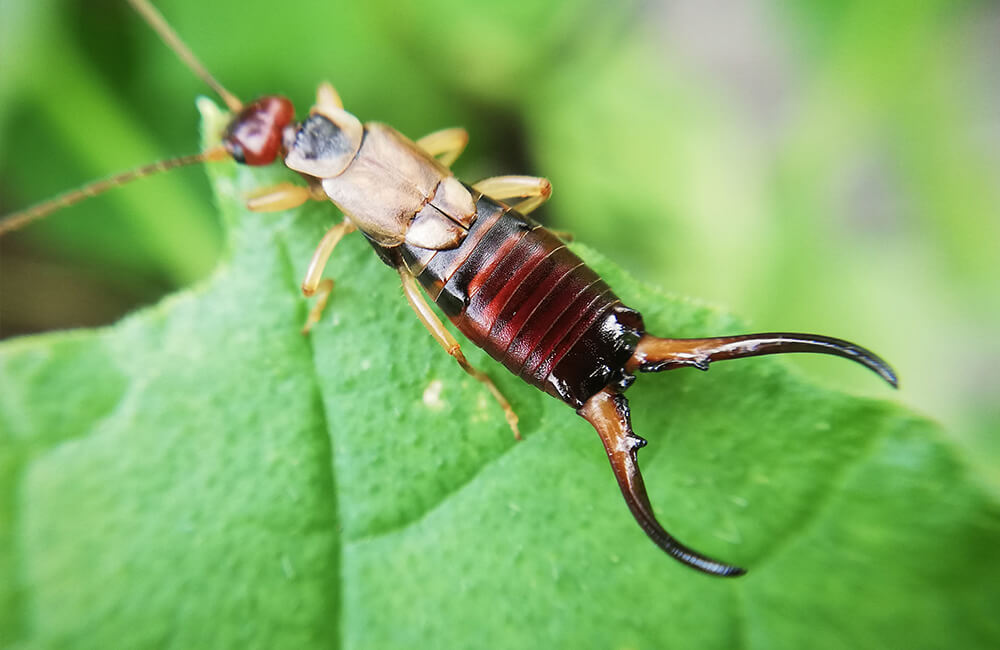

6. Beetles: the hidden recyclers
Various beetle species also take up residence in insect hotels, particularly those that mimic natural deadwood habitats. These include:
- Ground beetles – Predators of slugs, caterpillars, and other pests.
- Bark beetles – Decomposers that break down decaying wood.
- Flower beetles – Pollinators that feed on nectar and pollen.
These beetles contribute to a balanced ecosystem by controlling pests and recycling organic material. To attract them, include sections of untreated wood with natural bark, as well as logs with drilled holes of different sizes.
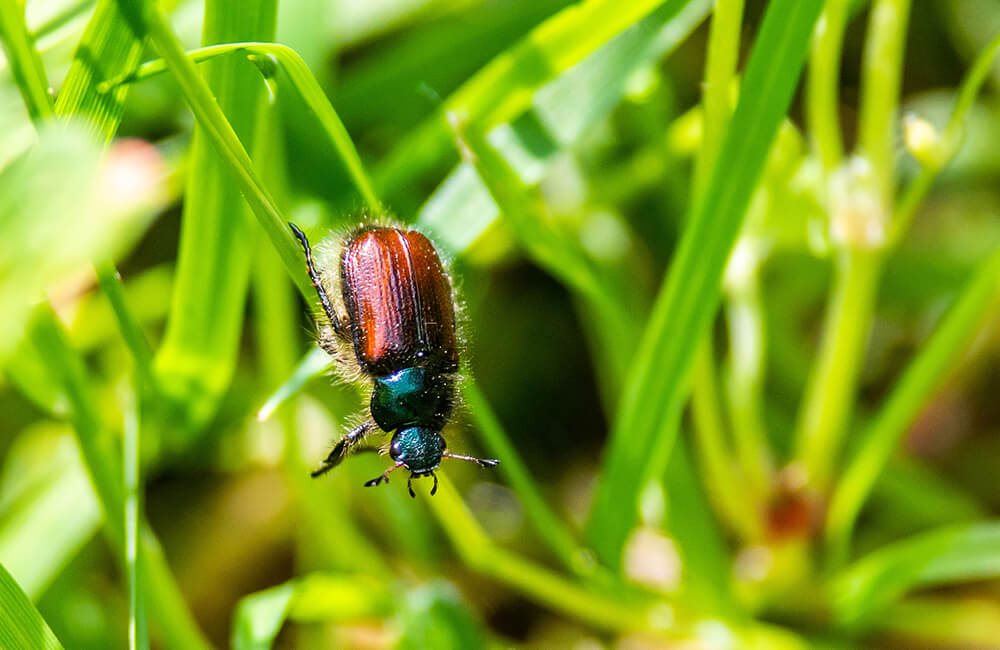

How to make an insect hotel more attractive
To ensure that your insect hotel attracts a diverse range of species, consider the following tips:
✔ Position it in a sunny, sheltered spot – Solitary bees prefer warmth, while other insects need a stable, protected environment.
✔ Use a variety of natural materials – Different species require different nesting sites, so include hollow stems, straw, wood shavings, and logs with drilled holes.
✔ Ensure a pesticide-free environment – Chemical pesticides can harm beneficial insects, reducing the effectiveness of your insect hotel.
✔ Maintain the hotel – Check periodically for signs of damage or unwanted species (such as wasps if you wish to avoid them).
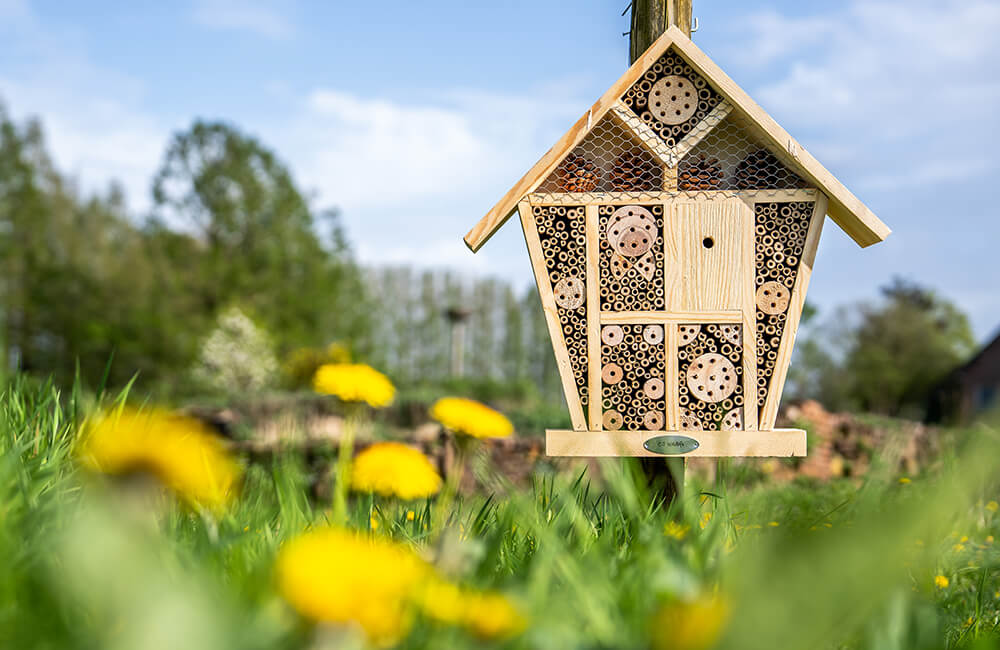

A thriving mini-ecosystem
An insect hotel is more than just a decorative garden feature—it is a valuable habitat for pollinators, pest controllers, and decomposers. By providing shelter for solitary bees, ladybugs, lacewings, woodlice, earwigs, and beetles, you are actively contributing to a healthier and more diverse ecosystem.
Would you like to start supporting beneficial insects in your own garden? Explore our range of high-quality insect hotels designed for different species and help create a thriving environment for local wildlife.

